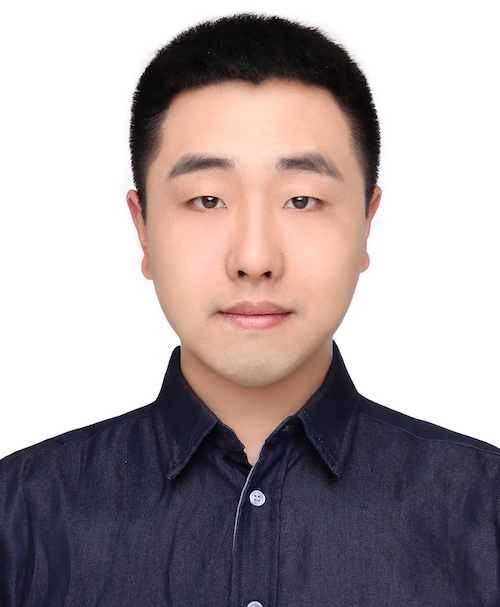PhD Student, Leibniz Institute for Catalysis, Germany

I am currently a PhD candidate from Leibniz institute for catalysis (LIKAT) in Germany under the supervision of Prof. Jennifer Strunk. My research interest is in the field of heterogeneous catalysis with a focus on the study of structure and reactivity relationship for Pd single-atom catalysts, using both experimental and theoretical methods. I have done the design, synthesis and characterization of materials and performed some calculations in LIKAT, but now I wanted to progress the understanding.
Funded by both the UK Catalysis Hub and LIKAT, I got this great opportunity to visit Dr. Andrew Logsdail’s group at the Cardiff Catalysis Institute, Cardiff University to extend my knowledge of computational chemistry. I investigated these Pd catalysts using density functional theory (DFT) calculations, and I was able to discuss the results with the broader computational community. The new computational results in combination with the former experiments provide me with a completed picture of the electronic and coordination structure of this kind of single-atom catalyst, as a basis to understand the catalytic process.
During my visit, the first impression of the UK Catalysis Hub is its strong collaboration network. The Hub has close relationships with the universities, world leading facilities and industries, which aims to facilitate “multi–institutional, multi-disciplinary collaboration”. My attention was most caught by the collaboration with Diamond Light Source. From an experimental point of view, the exploration of catalyst structure and understanding of the reaction mechanism are heavily dependent on advanced instruments as well as expert user knowledge. Synchrotron science is one of the most powerful tools, which is available to scientific researchers, as it provides unparalleled resolution and insight. In the UK Catalysis Hub monthly group seminar, I was able to meet many experts on synchrotron radiation and communicated with them about my research, which inspired me a lot. In addition, the diversity of research directions supported by UK Catalysis Hub also deeply impressed me. Taking the theoretical computing teams at Cardiff University as an example, their research involves homogeneous catalysis, heterogeneous catalysis, and biocatalysis, as well as the computational software development. The diversity of research approaches and interests give the possibility of idea exchange and creates new perspectives for recognizing and solving problems.
As I always believed, communication and collaboration could promote and produce better results, and talking and sharing would make things easier. I would like to thank the UK Catalysis Hub for the support throughout the visit, which has elevated our scientific understanding and provided a platform for delivering enhanced catalytic chemistry.




